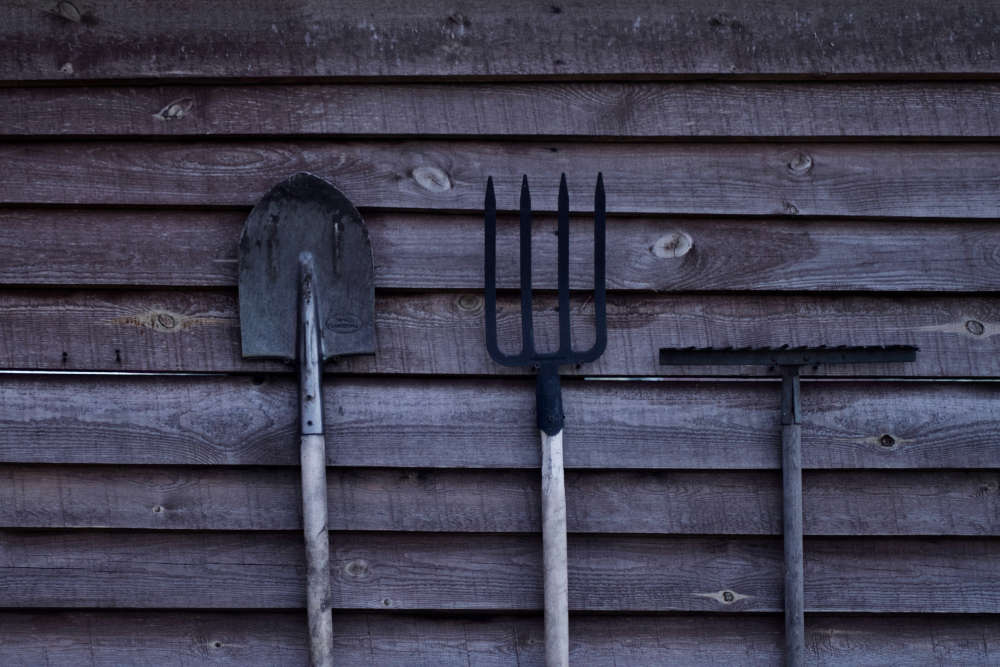
Humble hoverfly needs our help, say Berkshire, Buckinghamshire & Oxfordshire Wildlife Trust and Royal Horticultural Society.
The Berkshire, Buckinghamshire & Oxfordshire Wildlife Trust (BBOWT) and the Royal Horticultural Society (RHS) are calling on gardeners across the country to help save hoverflies. This fly family is the second most significant pollinator after bees – some species of hoverfly are known to visit more flowers than bees.
These insects are unsung heroes of many of our ecosystems. Hoverflies visit 52% of crops globally which they either pollinate or protect by eating sap-sucking aphids. Additionally, they pollinate wildflowers, are food for birds and even help break down organic matter in gardens.
Yet, intensive agriculture, harmful pesticides, urban development and climate change have all taken their toll. Hoverfly distribution has seen a 44% decline between 1980 to 2020 and in 2022 the International Union for the Conservation of Nature added hoverflies to its Red List of threatened species.
Hoverflies are masters of disguise. These stingless insects are often mistaken for wasps, bees or even hornets and the different types go by various common names such as Batman, Footballer and Marmalade, thanks to their distinctive markings and colours.
True flies have only one pair of flight wings (whereas bees and wasps have two) and they make up over 280 of the 6000 fly species in the UK. It can be easier to identify them by their behaviour than their looks, because they hover or even zigzag around plants.
Andy Coulson-Phillips, BBOWT's Principal Ecologist, says, "Hoverflies are a tiny but essential part of the natural world. They are vital for pollinating both wildflowers and garden plants alike, so we'd love everyone across our three counties to invite them into their gardens or outside space."
Helen Bostock, Senior Wildlife Specialist at the Royal Horticultural Society, says: "We'd like people to open their garden gates to hoverflies this summer. These incredible insects help pollinate our plants, keep aphids in balance and break down rotting matter in the garden. Gardeners can help attract them by planting open, easily accessible flowers. In spring, they'll be drawn to aubretia. In summer, they'll love blackberry flowers, oxeye daisy, marigolds, fennel, cow parsley and poppies. Come autumn, they can be seen on heather, aster and even common ivy."



 Amersham resident donates trainers to installation in dad's memory
Amersham resident donates trainers to installation in dad's memory
 Aylesbury Community Big Dig
Aylesbury Community Big Dig
 The Clare Foundation invites Buckinghamshire charities to apply for Angels' Den 2025
The Clare Foundation invites Buckinghamshire charities to apply for Angels' Den 2025
 Local Resident is Awarded an Honorary Doctorate
Local Resident is Awarded an Honorary Doctorate
 Trust A&E moves into the Top 20 performers in the country
Trust A&E moves into the Top 20 performers in the country
 Mursley Community Launches Inclusive Play and Exercise Area
Mursley Community Launches Inclusive Play and Exercise Area
 Youth Concern named Waddesdon and Rothschild Foundation’s 2025 Charity of the Year
Youth Concern named Waddesdon and Rothschild Foundation’s 2025 Charity of the Year
 Guided Heritage Walks in Aylesbury
Guided Heritage Walks in Aylesbury












